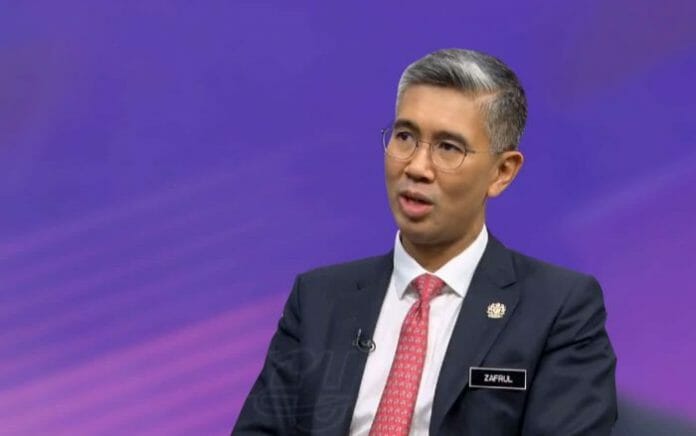By Poovenraj Kanagaraj
In his weekly Facebook address, Finance Minister Tengku Datuk Seri Zafrul Tengku Abdul Aziz said the government has embarked on a plan towards short, medium and long-term economic recovery.
As efforts are underway to rebuild the economy, Tengku Zafrul said a recovery plan over the short and medium terms to ensure economic activity can be revived quickly at the end of the Movement Control Order (MCO).
Prime Minister Tan Sri Muhiyiddin Yassin had announced last week, a recovery plan was underway to revive the economy in stages. The ongoing MCO that had just seen an extension of another two weeks had cost the economy RM 2.4 billion daily.
In his Facebook address, the finance minister has also reported on the implementation of the Prihatin Package shows that the package has received 2.96 million new applications with 0.3 million appeals bringing total to 3.26 million.
The second phase of payments to the B40 and M40 will commence on May 4. A special grant worth RM 3,000 will be provided to micro enterprises with applications for it starting May 1.
The wage subsidy programme has also seen a rise of applications to 195,000 employers involving 1.5 million workers. This brings the amount to a fund of RM 1.35 billion. Total amount of allocation for the wage subsidy programme is RM 13.8 billion.
According to the report, the central bank has approved RM 4.5 billion in loans for around 8,500 SMEs as of April 26.
Additionally, the Employees Provident Fund (EPF) has launched the Employer Covid-19 Assistance programme (e-CAP) to help SMEs manage their monthly cashflow. The programme allows eligible SMEs to apply for a deferment and restructuring of the employer’s share of EPF contributions for the months of April, May and/or June.
Government-linked companies (GLCs) have also collectively contributed RM 95.4 million to the GLC Disaster Response Network in order to support hospitals under the Health Ministry to purchase medical supplies. Part of the fund was also spent on non-medical humanitarian aid which included ventilators, face masks and personal protective equipment.









